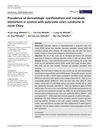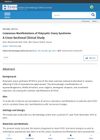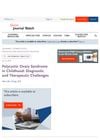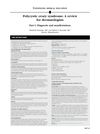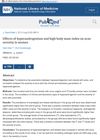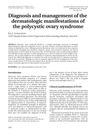A Prospective Observational Study of Polycystic Ovarian Syndrome Among Adolescent and Young Girls at Tertiary Care Hospital
polycystic ovarian syndrome PCOS dysmenorrhea amenorrhea abnormal hair growth patterns hirsutism acanthosis nigricans acne androgenic alopecia ultrasonography increased ovarian volume polycystic ovarian morphology fasting insulin FSH LH prolactin testosterone hyperandrogenism waist to hip ratio body mass index abnormal hair growth hair loss ultrasound BMI
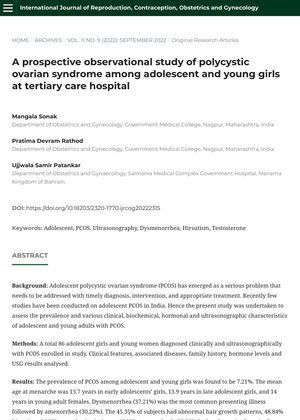
TLDR The study found that 7.21% of young girls have polycystic ovarian syndrome, with symptoms like irregular periods, abnormal hair growth, and acne. Early diagnosis is important to prevent long-term complications.
The study, conducted on 86 adolescent girls and young women diagnosed with polycystic ovarian syndrome (PCOS), found a prevalence of 7.21%. The most common presenting illnesses were dysmenorrhea (37.21%) and amenorrhea (30.23%). Other symptoms included abnormal hair growth patterns (45.35%), hirsutism (48.84%), acanthosis nigricans (34.88%), acne (66.28%), and androgenic alopecia (23.26%). Ultrasonography revealed that 60.47% of the patients had both increased ovarian volume and polycystic ovarian morphology. Hormonal analysis showed significant differences in fasting insulin, FSH and LH levels, prolactin, and testosterone levels among early adolescent girls, late adolescent girls, and young adult females. Despite a high prevalence of hyperandrogenism and a waist to hip ratio >0.87 in 60.47% of patients, most had a normal body mass index. The study concludes that early diagnosis is crucial for implementing lifestyle modifications and psychological counselling to prevent long-term complications.

